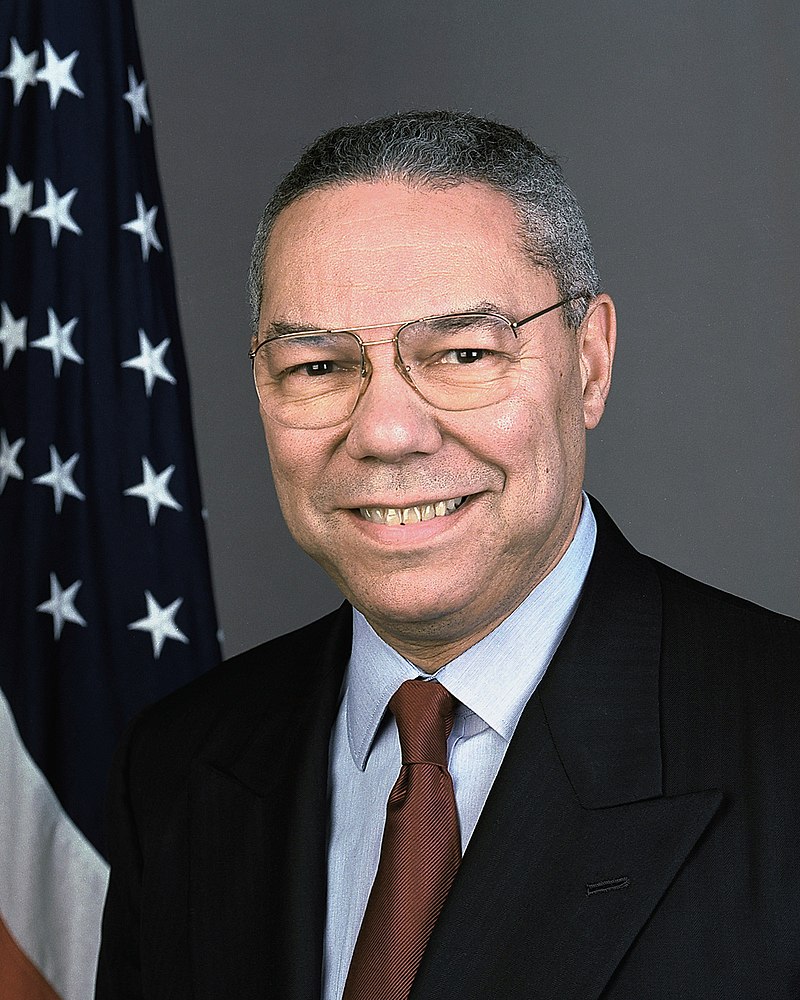The checklist is one of the most high powered productivity tool ever discovered.
—Brian Tracy
We’re one month into 2022, how are things going so far?
As Brian Tracy says: The checklist is one of the most high powered productivity tool ever discovered. To help gain momentum, we recommend making a list and provided some ideas below.
- Did all remaining 2021 goals get added to your 2022 goals?
- Does your Vision and Mission need to be revised? If no, just re-share it.
- Do you have development plans in place to upskill existing team members?
- Are new hires required?
- Have roles and responsibilities changed in any way?
- Have you created a one on one feedback schedule for direct reports?
- What are your top 3 priorities to accomplish by the end of the 1st QTR?
- Do any relationships need to be strengthened?
- Have you asked for feedback for making your team stronger?
- Have you asked for feedback for becoming a more effective leader?
- Have you reviewed your development plan with your leader?
- Are there opportunities for you and your colleagues to be more collaborative?
- Do any team behaviors need to be addressed?
- Are team building events planned for (and scheduled quarterly)?
- Is your compensation model clear and communicated?
- Is there a rewards and recognition plan in place?
These are simple ideas that may or may not be relevant for you. The idea is to take the time to make your own personalized checklist, and then review it and update it monthly. Unless it’s documented too often things get overlooked!
No wise pilot, no matter how great his talent and experience, fails to use a checklist.
—Charlie Munger












